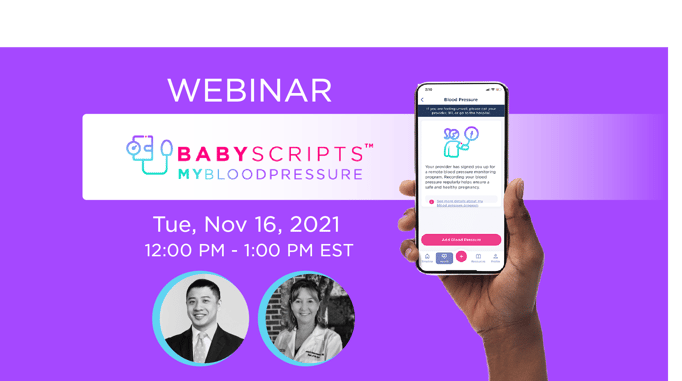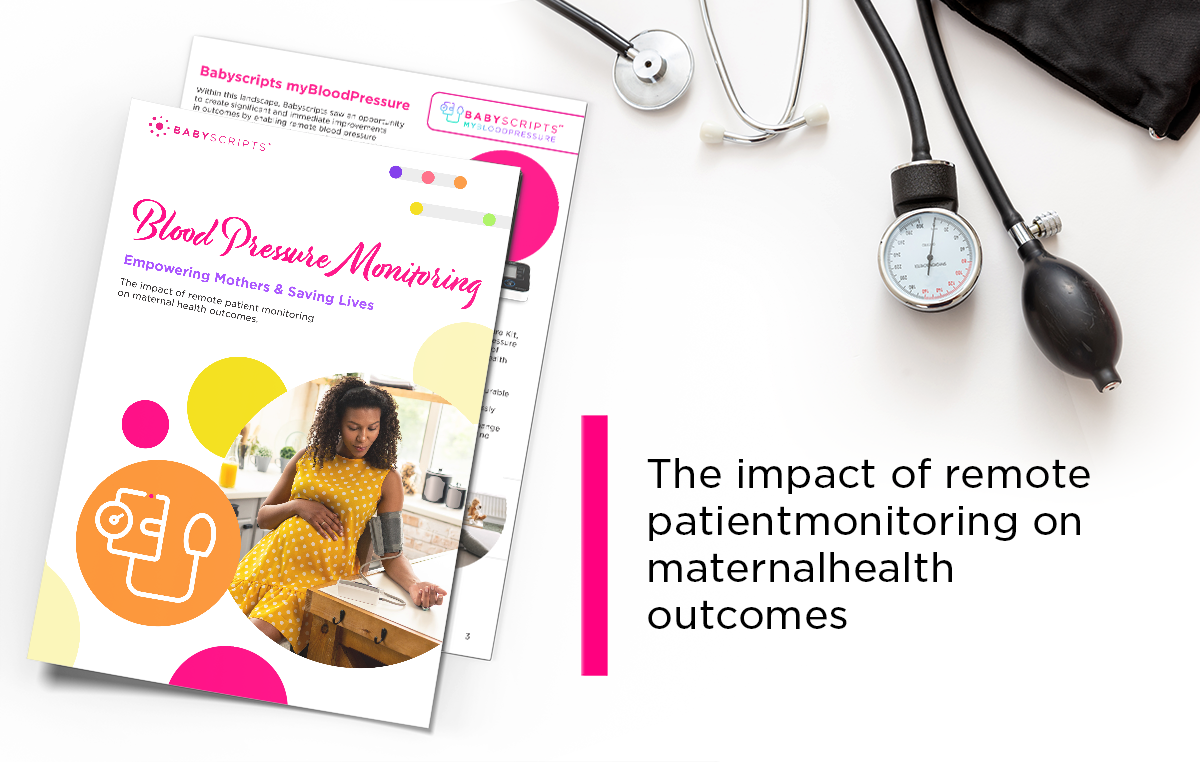Following the Surgeon General’s call to action to control hypertension, awareness around blood pressure complications has become a national imperative.
According to the CDC, forty-five percent of the U.S. population has hypertension — and the ratio is even worse for non-Hispanic Black adults, with fifty-seven percent carrying this diagnosis. Hypertension leads to kidney and heart dysfunction, higher risk of stroke, and other complications, ultimately contributing to a half a million deaths in the U.S. each year – and worldwide almost 8 million deaths.
So how do we begin to address and combat these staggering statistics?
The first step is to identify people who have hypertension, which can be done through the simple act of taking blood pressure readings. But the path to better health is more complicated than that. Blood pressure needs to be managed and controlled — and the reality is that the control of BP has worsened over time. In 2013-2014, the control of hypertension was at 54%. In 2017-2018, that percentage worsened by 10% — and although data is still emerging, Covid has almost certainly exacerbated the problem.
As an OB/GYN, I have a particular insight into hypertension as it manifests in pregnancy, and have seen the benefits of using self-monitored blood pressure (SMBP) in that population. With hypertensive disorders during pregnancy among the leading causes of maternal mortality in the US – and considering the long term consequences of hypertension — here are four reasons that I believe pregnancy is an optimal time to address the identification and long term management of hypertension through technology.
Pregnancy is a defined time when women are very likely to be motivated toward the best health possible.
They are now responsible for the health of someone else. They give up smoking, take prenatal vitamins and eat carefully to achieve the best possible outcomes for their babies. This makes them more likely to monitor their BP on their own time.
Women of childbearing age tend to be more comfortable with using technology to monitor their health.
In many cases they expect to be using technology in their healthcare, which makes the pregnant population ideally suited to using tech to self-monitor their blood pressure. With women empowered and educated to take their own BP, remote monitoring can begin early in pregnancy and continue throughout the postpartum period. Recent studies have already shown the benefit of postpartum BP monitoring, notably Penn Medicine’s Heart Safe Motherhood Program and case studies from Babyscripts Maternal Health Monitoring, wherein elevated BP was identified through SMBP and a potential complication averted.
Additionally, research shows that women in this age range are more open to using technology to communicate with their provider, which can be used to prompt other healthy behaviors around hypertension control, like reminders to take low-dose aspirin to mitigate preeclampsia risk-factors.
With good habits around SMBP developed during pregnancy, women will be more likely to continue to watch and learn about their BP trends throughout their lives.
Pregnancy is often a woman’s first encounter with the healthcare system, and therefore an ideal time to solidify good habits and behaviors. With the experience of SMBP in pregnancy, women can go on to advocate for themselves for treatment of elevated BPs and prevention of chronic disease resulting from hypertension. The more that patient and provider are both actively involved in management of BP, the more successful it will be.
Remote patient monitoring of pregnancy can extend the reach of providers, offering continuous exception monitoring that frees up providers to focus on acute care.
The pandemic has provided extra impetus to incorporate virtual solutions like SMBP into care by forcing the transition out of the office and putting extra burdens on providers. It’s also confirmed that patients are comfortable using remote digital solutions to manage and monitor their care from home. Additionally, recent recommendations from ACOG and the University of Michigan emphasize the ability of remote patient monitoring for blood pressure to replace certain aspects of in-person care, including in-person visits, even without synchronous video visits.
[Read: ACOG Releases New Pregnancy Prenatal Care Guidelines]
Technology has been shown to successfully prepare women during pregnancy to continue the journey to cardiac health after they deliver, and it’s going to play an essential role on the path to better hypertension control across the board.
Learn more about hypertension.
Want to know more? Listen to our webinar.
Hear more from Dr. Lauren Demosthenes on the benefits of SMBP, and her experience on the panel that developed the new prenatal care recommendations. Plus, listen to a patient speak in her own words about the BP monitoring that may have saved her life, and learn all about Babyscripts' new comprehensive blood pressure product, myBloodPressure, from the Babyscripts product team.


Submit a comment